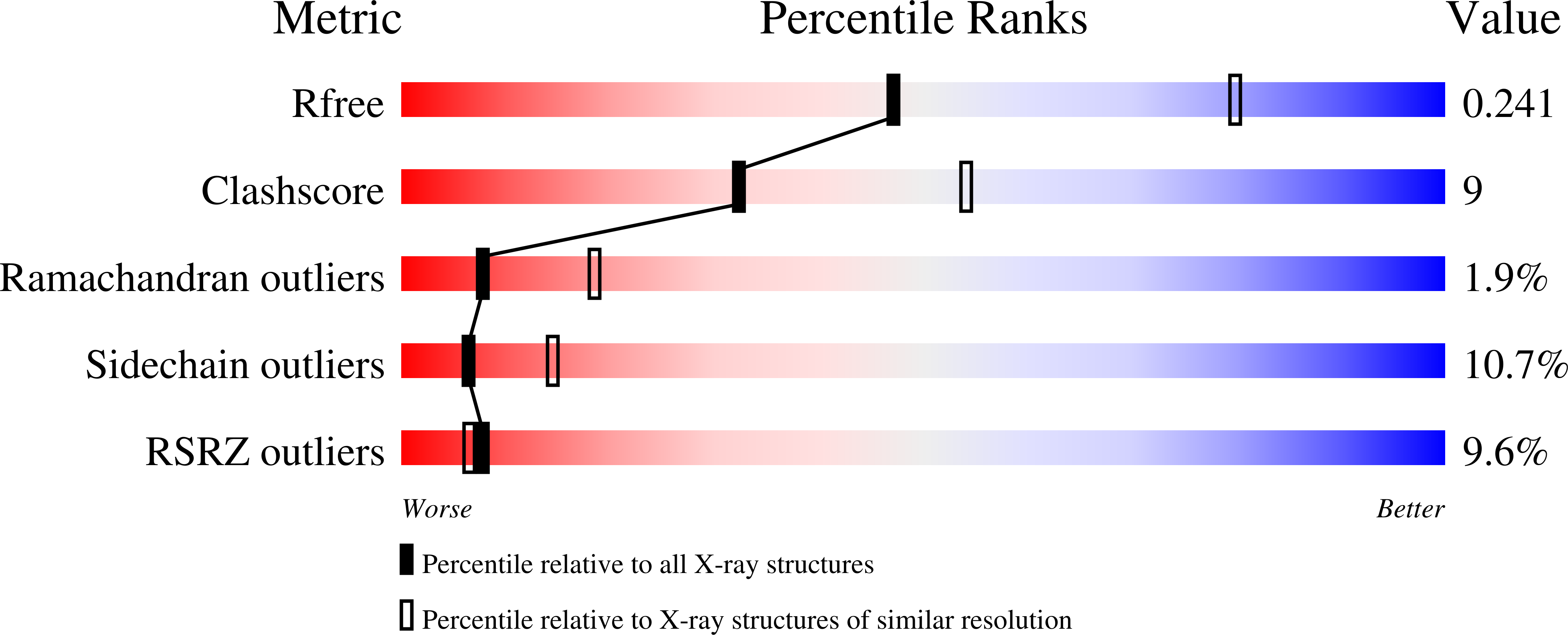
Deposition Date
2006-08-01
Release Date
2006-08-29
Last Version Date
2024-10-30
Entry Detail
PDB ID:
2HW7
Keywords:
Title:
Crystal Structure of Mnk2-D228G in complex with Staurosporine
Biological Source:
Source Organism:
Homo sapiens (Taxon ID: 9606)
Host Organism:
Method Details:
Experimental Method:
Resolution:
2.71 Å
R-Value Free:
0.24
R-Value Work:
0.20
R-Value Observed:
0.20
Space Group:
P 32 2 1


